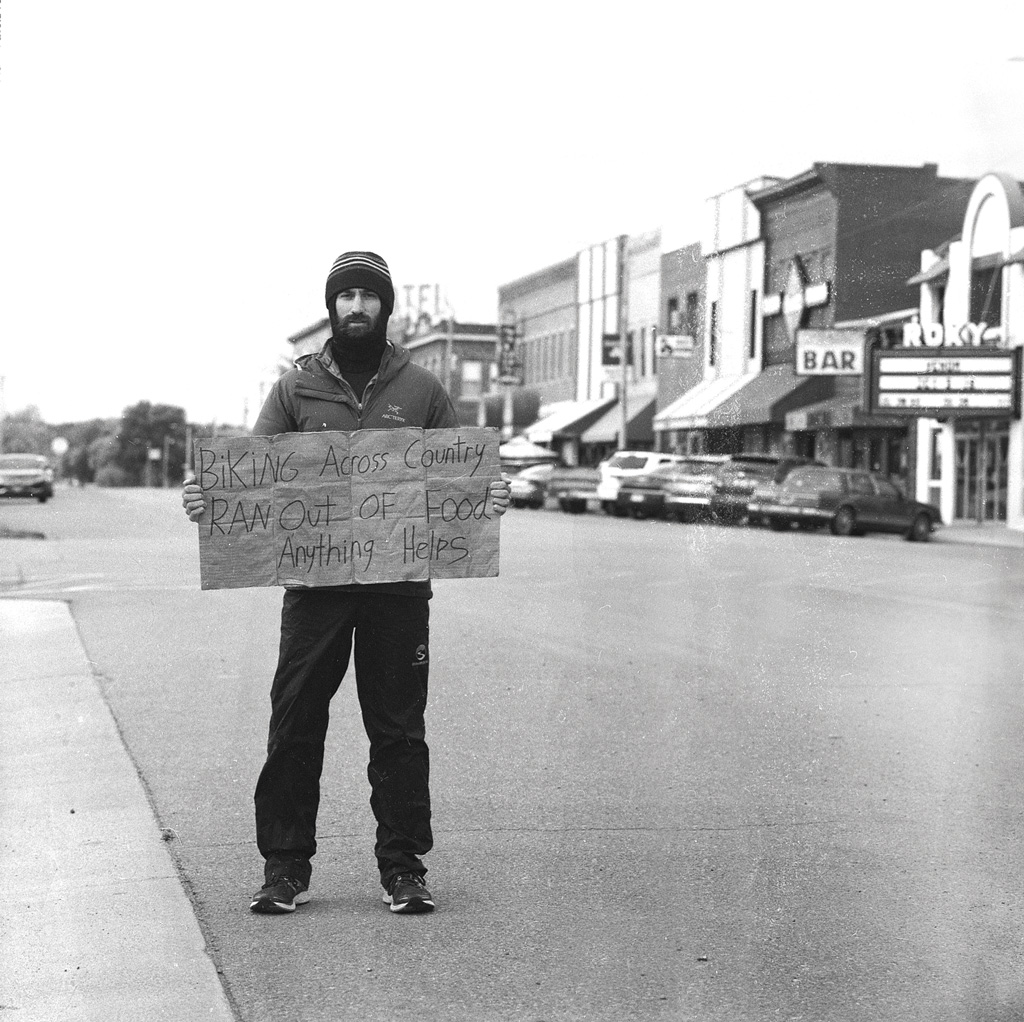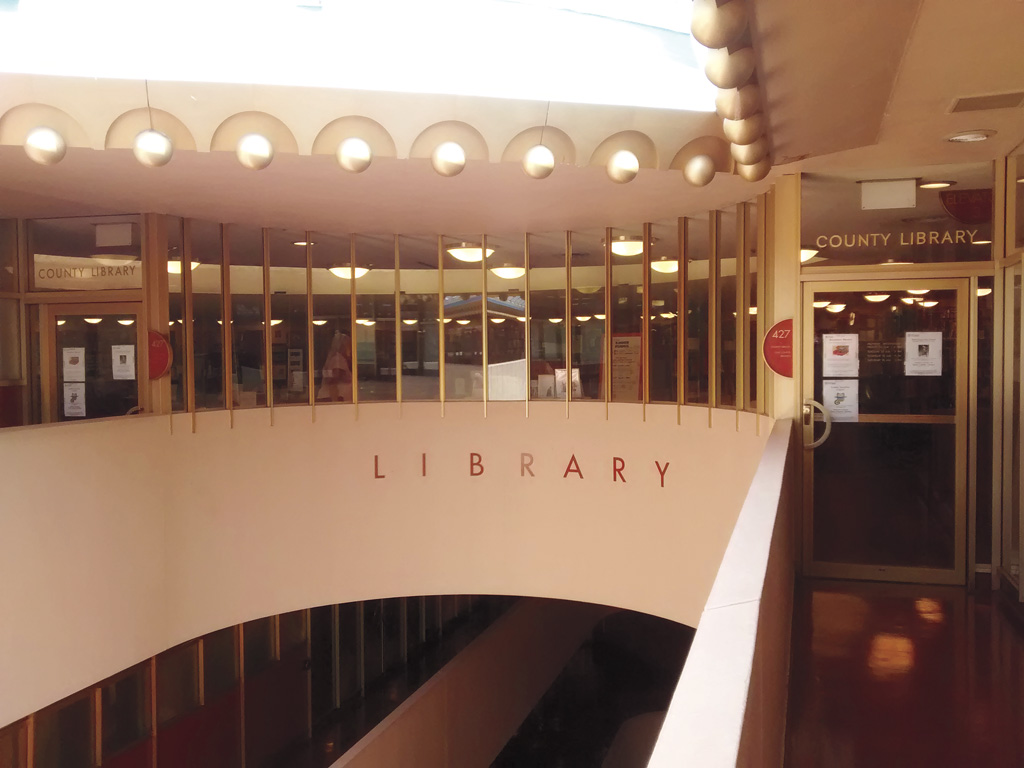Anyone who has resided in the Bay Area knows that remnants of ’60s psychedelia are everywhere. Just try to drive the 101 without spotting a Grateful Dead “lighting skull” sticker. Walk into any used bookstore and you’ll soon spot a copy of Tom Wolfe’s Electric Kool-Aid Acid Test. But how many remember that the rollicking exploits of Ken Kesey and his band of Merry Pranksters actually came to pass because Kesey, while a graduate student at Stanford, was recruited to take hallucinogens as part of a government study in association with Menlo Park Veterans Hospital?
Back as far as the 1950s, researchers saw the potential of psychedelics for various pain and mental health treatments, but as recreational use proliferated, the research diminished. Yet, behind the tie-dyed curtain, some experts persisted. One is Mill Valley’s Dr. Howard Kornfeld, medical director and founder of Recovery Without Walls. Back in the ’80s and ’90s while a visiting physician-in-residence at Big Sur’s Esalen, he was the principal convener of the Pacific Symposium on Psychedelic Drugs that united 35 leading physicians, academics and government officials to, as materials from the time state, “consider the use of psychedelics as healing and research tools in the fields of psychotherapy, neuroscience and medicine.” And to “consider the public policy issues guiding regulatory decision making regarding psychedelic research and applications.” This meeting of prominent leaders led to a new paradigm of research with psychedelics, the results of which had a significant impact in ushering in the current psychedelic renaissance.
As a pain and addiction specialist, Kornfeld is hardly freewheeling when it comes to dispensing drugs, but he sees significant promise in the careful use of psychedelics. “Our practice, which treats very serious cases of addiction and chronic pain, tends to get some of the more severe cases in the community that have often resisted treatment with other practices,” Kornfeld says. “In 2020 we carefully instituted the use of ketamine-assisted psychotherapy [along with other treatments like buprenorphine] and we’ve had some really beautiful outcomes. However, it doesn’t work for everyone.” But this is a huge stride considering the cold-turkey detoxes that have become commonplace among addiction recovery practices.
The modern legitimization of psychedelics can be attributed to Bay Area super-journalist Michael Pollan. His 2018 book How to Change Your Mind has brought the conversation to the foreground, documenting how some patients, for whom everything else has failed, found profound relief through the use of guided therapeutic sessions that include psychedelics. The Netflix series of the same name brings this to life (and tears to your eyes) with real-life transformations. Pollan’s research, which notably inspired him to undergo his own experimentations, also led him to co-found the UC Berkeley Center for the Science of Psychedelics. There are dozens of active clinical trials testing therapeutic treatments, including at Stanford (MDMA, more commonly known as ecstasy) and UCSF (LSD and psilocybin). At the moment, the only psychedelic that can be legally used for addiction treatment (outside of a clinical trial) is ketamine, an anesthetic that can be found in hospitals everywhere.
There isn’t much debate about whether ketamine can be helpful to severely depressed, traumatized or addicted patients; the question is how it is helping. There is some evidence to suggest that merely taking the drug helps form new pathways in the brain that generate more positive feelings. But most treatments involve being led through an hours-long therapy session while experiencing the effects of the drug. Ketamine is known as a “dissociative anesthetic,” allowing people to observe their own thoughts as if they were an impartial observer. Instead of reliving the pain of a traumatic event, they can neutrally watch it. Patients often describe feeling an intangible positivity after the treatment, a can-do feeling of optimism, though it’s been reported that this fades over time and ongoing treatments will likely be required. Kornfeld says, “We’re not suggesting that a series of ketamine sessions alone will single-handedly turn someone’s life around, but we want to use every tool we have.”
Not surprisingly, one of the local experts in this treatment has a practice in Denver and in Sebastopol, known as the home of the holistic and open-minded. Evolve Mind Wellness opened in 2018, specializing in ketamine-assisted psychotherapy to treat chronic depression, trauma, post-traumatic stress disorder, suicidal ideation, anxiety and other mental health conditions. It is led by board-certified psychiatrist Dr. German Ascani, who, while in psychiatry residency at Harbor-UCLA, was introduced to research on psychedelics and mental health. Before opening his own practice, he worked in San Anselmo with Dr. Phil Wolfson, an early ketamine-assisted psychotherapy pioneer, best known for his book The Ketamine Papers.
One could think of this kind of treatment as a reset for the brain, but it’s not a quick fix. Ascani explains how patients experience ketamine and use it therapeutically: “You are having these profound experiences that then need to be digested and decoded and incorporated into your life. They can be experiences of awe or near-death and you have to make sense of them with someone through integration. As a result, you may see suffering in a different way, you may change your relationship to a trauma experience. It’s a process of changing your perspective, your meaning, your narrative about yourself.”
Ascani talks about the satisfaction this treatment provides. It can reduce or eliminate suicidality, independent of depression symptom improvement, and the combined power of augmenting ketamine with psychotherapy and integration sessions can lead to improvement, recovery and healing. “I believe in treating the individual holistically and using all the tools available whether they are pharmaceuticals or psychotherapy tools. There are a lot of practices that can heal when used appropriately, in the right dose and in the right setting.”
If you or someone you know is experiencing suicidal thoughts, dial 988 for free, confidential help, 24/7.
Photo: www.stock.adobe.com/Ivan










